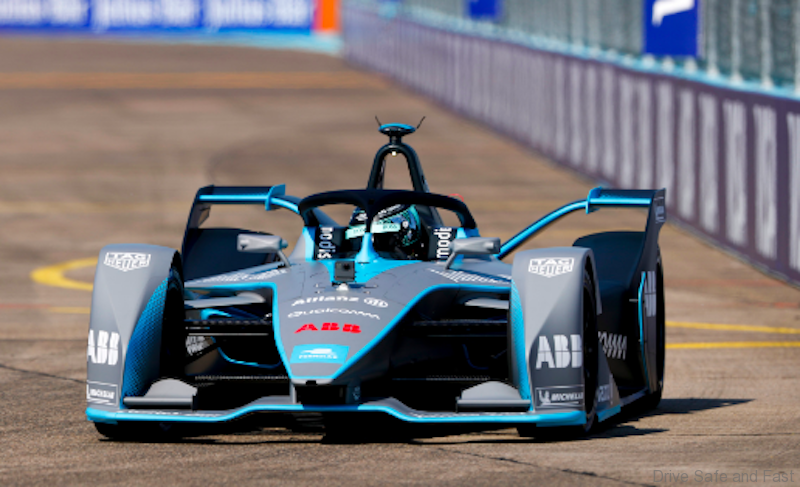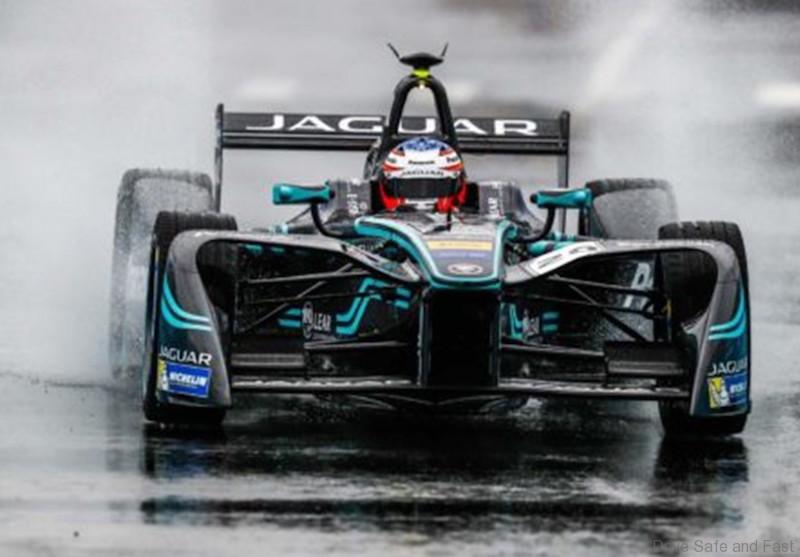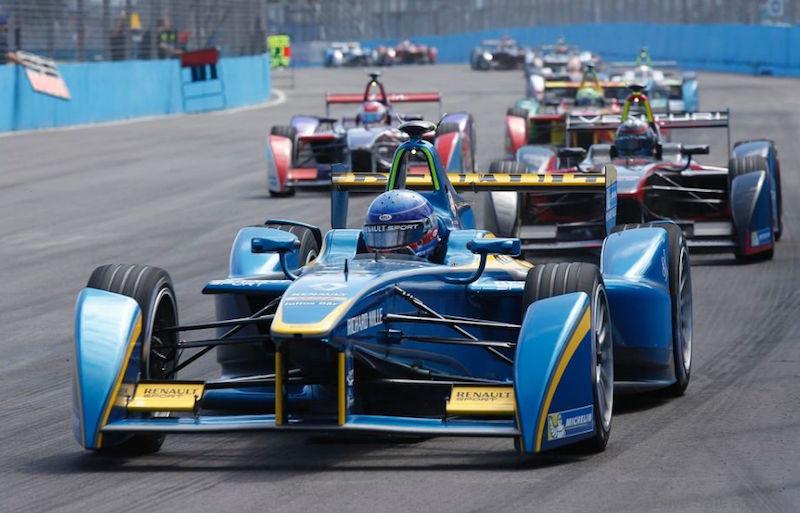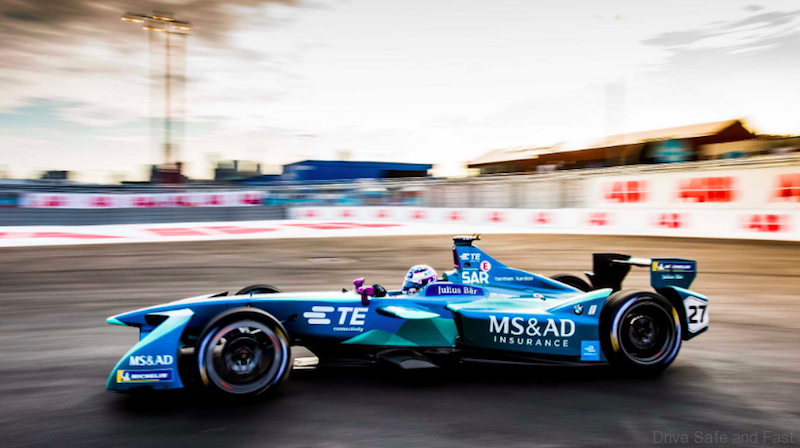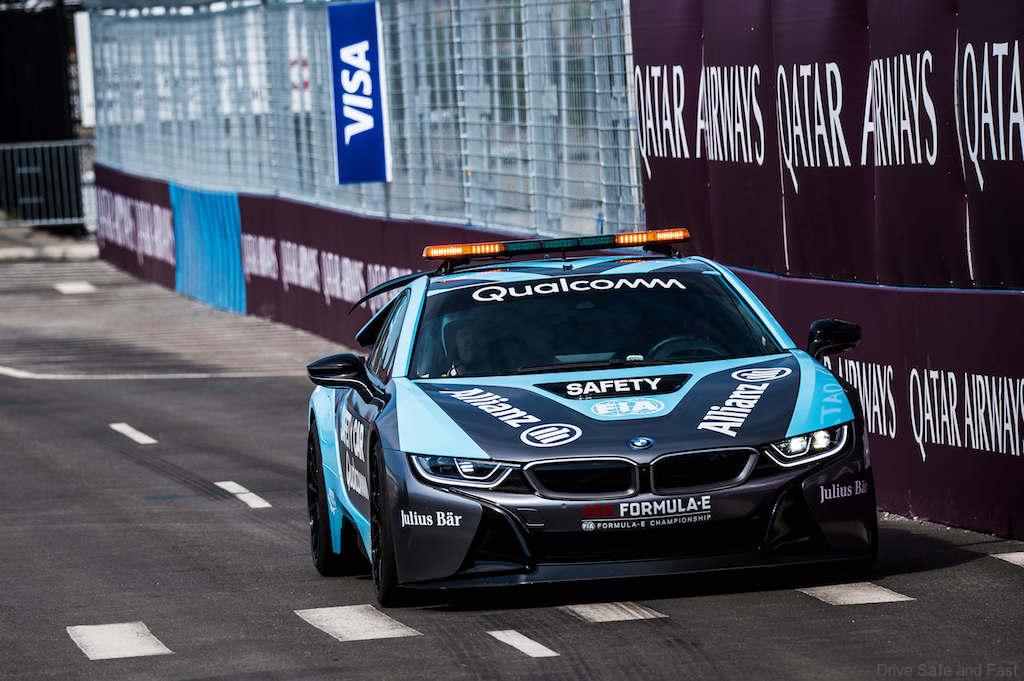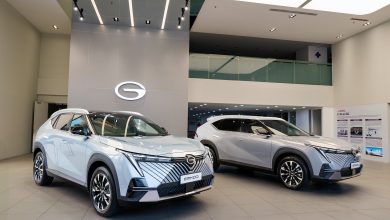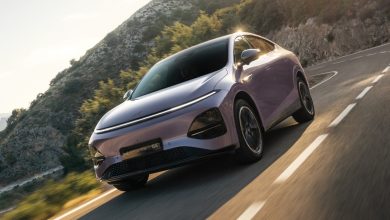Formula E will be bigger than F1 because of EV technology
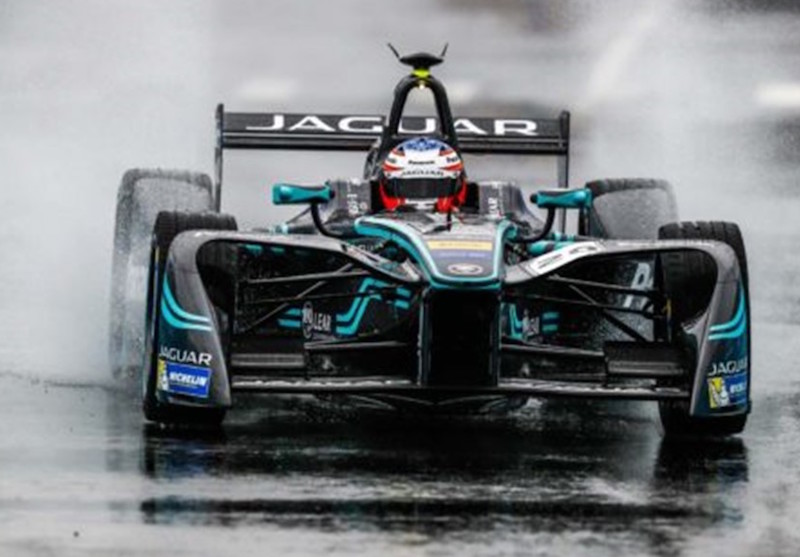
BMW and Nissan have just joined Audi, Jaguar, DS, Mahindra and the NIO (Chinese electric car manufacturer) in the race for Formula E ‘champion’ for the 2019 race season. Strong rumors point to the arrival of Porsche and Mercedes-Benz the following race year.
The growing popularity of Formula E shows the importance of real world testing of electric vehicle technology just like it was years ago when F1 was the test bed for the combustion engine, suspension, gearboxes and brakes.
Is arriving at the starting grid purely a branding exercise for these companies, or is important technical knowledge from the race cars being used for the road cars?
Formula E racing rules have changed season by season in terms of drivetrain from the first series. Now teams develop their own powertrain. The shared componentry is limited to the battery pack, which this year is supplied by the McLaren-Lucid partnership. The battery pack now has enough energy to allow the cars to run a full race distance instead of the drivers swapping cars halfway through. This change has ramped up the understanding of battery technology, power storage and recharging which is helping these brands produce showroom cars that have longer range and better power storage.
In F1 the longevity of the combustion engine was vital for every race…..with Formula E it’s the battery pack’s sustenance that is vital and this is where the technology will soon enough transfer to the road going electric vehicle. We are quite sure a few more Chinese brands will join Formula E in the next season…probably even Geely with Polestar.

